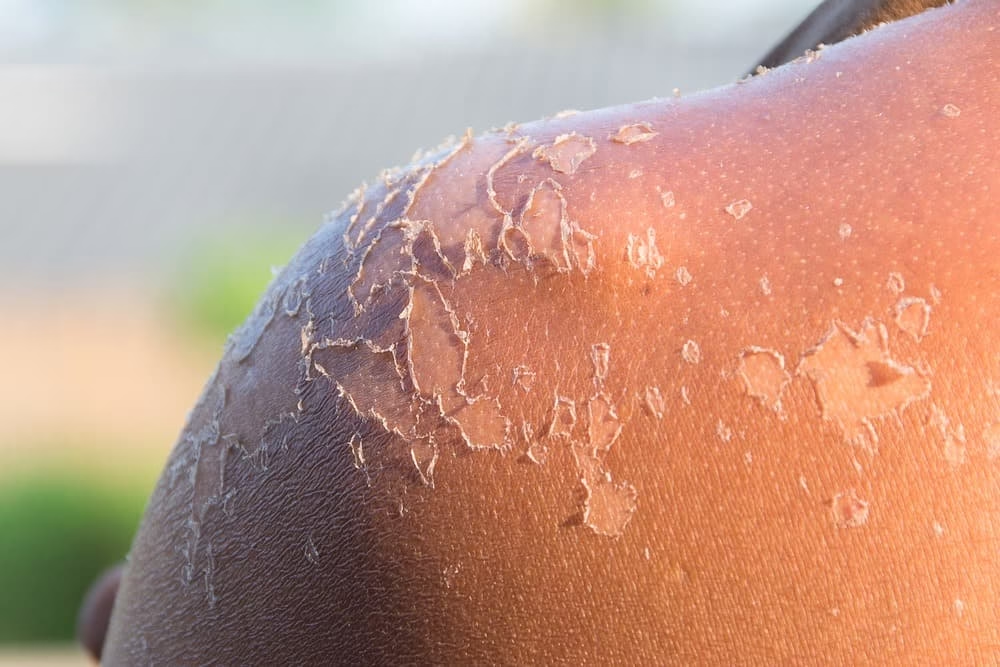We all know we should use sunscreen to protect our skin from sunburns, premature aging, and skin cancer. But here’s the catch: most people aren’t applying it correctly. In fact, common sunscreen mistakes can leave your skin vulnerable, irritated, or even more damaged than if you skipped it altogether.
Most common errors when you use sunscreen
Let’s dive into the most common errors and how to make your sunscreen actually work for your skin, not against it.
-
Using Too Little Sunscreen
A dab won’t do. Most people only apply 25–50% of the recommended amount.
Fix it: Use at least one ounce (about a shot glass) for full-body coverage and a nickel-sized amount for your face. Reapply every 2 hours.
-
Skipping Sunscreen on Cloudy Days
Up to 80% of UV rays penetrate clouds. You can still get sunburned even when the sky looks gray.
Fix it: Make sunscreen a daily habit, rain or shine.
-
Only Applying It Once a Day
Sunscreen wears off due to sweating, swimming, and just daily activity.
Fix it: Reapply every 2 hours, and immediately after swimming or heavy sweating.
-
Relying Only on Makeup with SPF
Foundation with SPF isn’t enough — you’re likely not applying a thick enough layer to reach the stated protection level.
Fix it: Use a dedicated sunscreen underneath your makeup or a setting spray with SPF.
-
Missing Key Areas
Ears, neck, eyelids, scalp, and the tops of your feet often go unprotected.
Fix it: Be thorough — apply sunscreen to all exposed skin. Use a lip balm with SPF and wear a hat to protect your scalp.
-
Using Expired Sunscreen
Expired products may have degraded active ingredients and offer little protection.
Fix it: Check the expiration date before using. If it’s separated, smells off, or looks strange, toss it.
-
Not Reapplying After Swimming
Even waterproof sunscreens need to be reapplied. Water-resistant doesn’t mean water-proof.
Fix it: Reapply every 40–80 minutes when swimming, depending on the label’s guidance.
-
Ignoring Your Skin Type
Oily, dry, acne-prone, or sensitive — your skin needs the right formulation.
Fix it: Choose sunscreen designed for your skin type. Look for non-comedogenic formulas for acne-prone skin or mineral sunscreen for sensitive skin.
-
Using Inadequate SPF
Anything below SPF 30 may not provide broad-spectrum protection.
Fix it: Use at least SPF 30 — and make sure it’s labeled “broad-spectrum” to block both UVA and UVB rays.
-
Thinking You’re Safe Indoors
If you’re near windows or working with screens that emit blue light, you still need protection.
Fix it: Apply sunscreen with added protection against blue light and UVA rays, especially if you sit near windows.
Final Thoughts
To truly protect your skin, it’s not just about whether you use sunscreen — it’s how you use it.
By avoiding these common sunscreen mistakes, you can ensure you’re giving your skin the full protection it deserves. Make it a daily ritual, choose the right formula, and don’t skimp on reapplication.
Your future self (and skin) will thank you.
